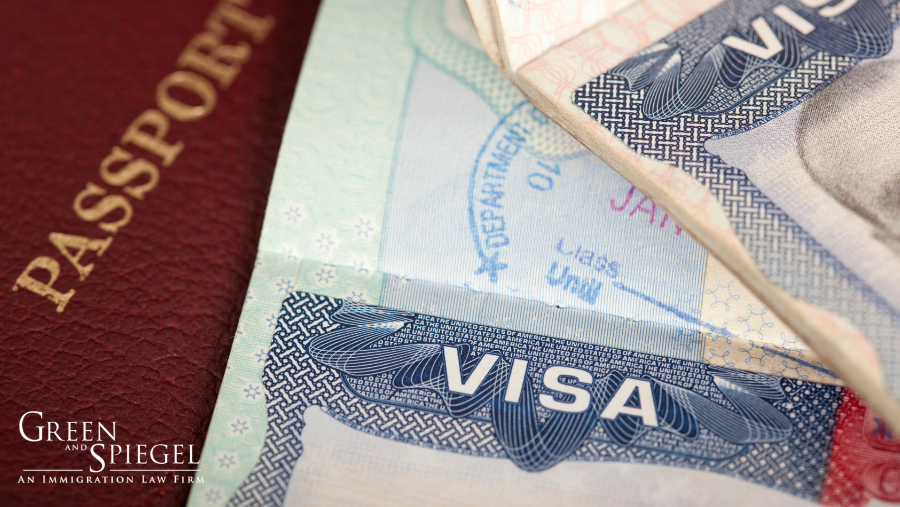In November 2020, we reported on the Trump administration’s Notice of Proposed Rule Making, announcing a major change in the process for filing cap subject H-1B petitions. The proposed rule sought to replace the current random selection process by which USCIS selects H-1B registrations for filing of H-1B Cap-subject petitions with a system that prioritizes the selection of H-1B registrations by first selecting registrations based on the highest Occupational Employment Statistics (OES) prevailing wage level that the proffered wage equals or exceeds for the relevant Standard Occupational Classification (SOC) code and area(s) of intended employment. In other words, the new proposed selection process prioritizes registrations based on wage level, thus giving priority to those registrations by employers who are paying the highest prevailing wages.
Following the mandatory notice and comment period, the government has announced that the final rule will go into effect, without modification, on Friday, January 8, 2021.
Under the final rule, DHS will largely discontinue the random, computerized H-1B cap lottery selection process and replace it with a wage-level-based allocation process. A first allocation would distribute H-1B numbers under the 65,000 standard cap, followed by a second allocation that would distribute H-1B numbers under the 20,000 advanced degree cap.
Here’s a breakdown of how the distribution will happen:
- Allocation of H-1B quota numbers will be based on the highest OES prevailing wage level that the offered wage equals or exceeds, starting with level IV, and then continuing to select cases in descending order from OES wage levels III, II and I.
- Where an offered wage is lower than the OES wage level I because a private wage survey is used, USCIS will rank the registration in the same category as OES wage level I.
- If the beneficiary will work in multiple locations, USCIS will rank the filing according to the lowest corresponding OES wage level that the offered wage will equal or exceed.
- Where there is no available OES prevailing wage information for the offered position, USCIS will rank the filing based on the OES wage level that corresponds to the requirements of the position.
- A computerized lottery will be used if the number of registrations for a specific wage level exceeded the number of H-1B cap slots available.
In announcing the final rule, USCIS Deputy Director for Policy Joseph Edlow stated, “The H-1B temporary visa program has been exploited and abused by employers primarily seeking to fill entry-level positions and reduce overall business costs…The current H-1B random selection process makes it difficult for businesses to plan their hiring, fails to leverage the program to compete for the best and brightest international workforce, and has predominately resulted in the annual influx of foreign labor placed in low-wage positions at the expense of U.S. workers.”
The Trump Administration intends the rule to take effect in time for the FY 2022 cap season beginning this spring, but with a new administration taking over on January 19th, it is possible that the rule will not take effect at that time. The Biden Administration could place this, and any other regulations finalized during the last days of the Trump Administration, on hold, pending final review. However, the Biden Administration has expressed support for the concept of H-1B cap allocation based on wage level. It is also possible that the allocation regulation will be challenged in federal court. If the rule is ultimately implemented for the FY 2022 cap season, USCIS will have to rapidly publish instructions for stakeholders on how it intends to implement the new system, as employers – and immigration counsel – are already preparing for this year’s H-1B cap season.
We will continue to follow and report on this matter closely. If you have any questions about the new final rule and how it may affect you or your business, please contact the attorneys at Green & Spiegel, LLC at (215) 395-8959.



